By Riti Dey / Asst. News Editor
The start of November marks the beginning of Native American Heritage month. On Oct. 8, the U.S. observed Indigenous Peoples’ Day as Oct. 8 is a day meant to commemorate and honor the thousands of Indigenous cultures in the nation.
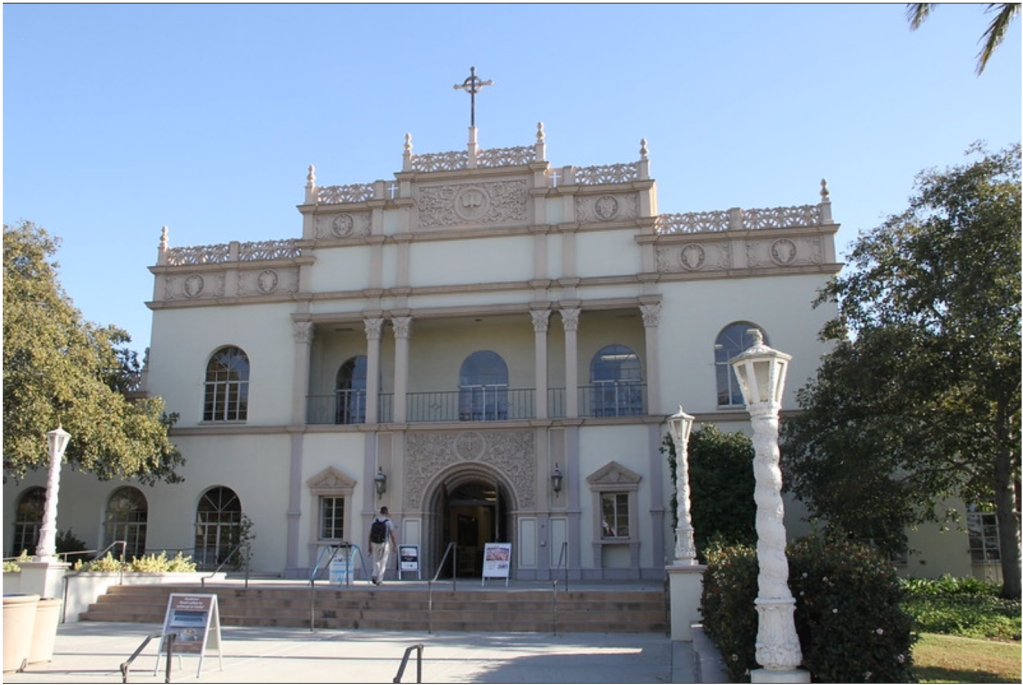
Photo courtesy of https://www.sandiego.edu/news/detail.php?_focus=71799
The history of what is now known as “Indigenous Peoples’ Day” began on a college campus in 1992. The University of California, Berkeley introduced “Indigenous Peoples’ Day” as an alternative to Columbus Day, to protest the 500th anniversary of Columbus’ arrival to the Americas.
USD’s history with Indigenous Peoples’ Day, and celebrating Indigenous inclusion, is much more recent. In 2020, USD invited speakers Theresa Rocha Beardal, Assistant Professor in the Department of Sociology at Virginia Tech and Theresa Stewart-Ambo, Assistant Professor in the Department of Education Studies at University of California San Diego to present about evaluating the efficacy of settler land acknowledgements at land-grant universities. In 2022, there was a “Cultivating Community Kickoff,” a series of events which lasted the entire week to shine a spotlight on Indigenous culture and awareness surrounding cultural appropriation. However, in 2023, USD did not have an explicit celebration or acknowledgement for Indigenous Peoples’ Day.
While USD over the years has implemented different initiatives to attempt to promote inclusivity around campus, the initiatives are mainly focused on renaming buildings and making land acknowledgements to pay respect to the Kumeyaay Nation at events and in syllabuses.
In 2019, USD announced that Serra Hall, alongside three other spots on campus, would be renamed to honor Indigenous cultures. President Harris declared that the space would be renamed to “Saints Tekakwitha and Serra Hall” in honor of the first Indigenous saint in the Catholic Church, Saint Kateri Tekakwitha, who was a part of the Algonquin-Mohawk tribe. Saint Tekakwitha converted to sainthood later in her life. She became known as “Lily of the Mohawks” for her fearless dedication to her faith. According to President Harris, the renaming was meant to “encourage continued dialogue on the important topics of colonization, the spread of the Catholic faith and the impact both had on Native American populations.”
Sahmie Wytewa, Tribal Liaison on campus explained the importance of indigenous voices in leading conversations about renaming buildings.
“These conversations have to come from community and Native Indigenous voices. Larger than that, if our Native and Indigenous students aren’t from this place or didn’t grow up with this history or aren’t aware of the history, we do have to include our tribal community members that want to have these conversations.”
As someone who is Hopi with no tribal ancestry to Kumeyaay, Wytewa shared that these conversations should be happening with community who can speak to the history of the region.
“I’m not native indigenous to these areas, so I would want to make sure that we are incorporating the voice that is most valid to the mission system and what the concern is about this particular campus and its buildings,” Wytewa said.
USD Professor of Anthropology Dr. Meghan Donnelly shared her thoughts regarding this remaining initiative.
“Often, when I talk to my students, I ask them ‘do you know the history of this building?’ and it’s pretty common that they don’t know what the history is,” Donnelly noted. “That to me feels like something has fallen short, because if the renaming is part of a process of making a more inclusive campus, and students don’t even know why the building was renamed or don’t know who Kateri Tekakwitha was, then I think more work still has to be done to help educate, to help students really understand [the purpose].”
The subject of renaming buildings has been contentious around the country, as people debate whether it is an effective form of starting conversations about inclusivity and coloniality.
USD senior Lindie Ross who did research this summer on the Native American Graves Protection and Repatriation Act (NAGPRA) shared about her thoughts on the renaming of buildings.
“I was involved in discussions with other students and staff last spring about creating resources and spaces for Indigenous students on campus,” Ross described. “The long term goals of these conversations were to address the history of Serra and Saints Tekakwitha Hall, and the renaming of the building, as well as offer tuition to students that identify as Indigenous. UCSD is free for Native students, so why wouldn’t USD be also?”
Donnelly also explained her perspective on the purpose of renaming buildings on campus. “My understanding also was that [renaming buildings] was supposed to be the start of dialogue about that history and the role of the Catholic Church in the missions system and in settler colonialism, and I think that we could do better at USD to continue that,” Donnelly expressed. “Students want to know what the history is, and they want to have those conversations.”
Ross explained other initiatives that she discussed with other students and staff that she wished USD could implement to promote inclusivity among the school community.
“We also believe that there should be scholarship funding for the Indigenous Alumni Association, and not just funding that is left over from other events, but for there to be more events that promote community engagement,” Ross said.
Another restorative practice put into place in recent years at USD was land acknowledgements. Land acknowledgements are common at USD, especially before presentations, events and large gatherings. The Office for Mission states that land acknowledgements are meant for “cultivating mindfulness of where we are and the history of this place.” While land acknowledgements are meant to bring awareness to the history of the school and the land it resides on, people have criticized the practice.
Donnelly explained, “I don’t think there is any way to categorically say ‘land acknowledgements are good or bad,’ but I think land acknowledgements should be part of a bigger project of true recognition of the violence of settler colonialism and true recognition of the need for reparations for the indigenous people who have been and are impacted by settler colonialism.”
Wytewa explained how USD is moving further than just acknowlegements.
“Last year, I did a lot of work on moving beyond land acknowledgements, being very intuitive to what the campus was saying, that it is performative, and that there were some conversations prior about renamings and other initiatives that were led by students,” Wytewa reflected.
USD first-year Julie Garabet shared her confusion on the lack of celebration for Indigenous Peoples Day, considering other practices such as land acknowledgements that the university heavily relies on.
“I’m not too familiar with Indigenous Peoples Day,” Garabet explained, but “I didn’t know that Indigenous Peoples’ Day happened yet. I think it’s a bit concerning considering that the school really emphasized the acknowledgements during orientation.”
“I had a connection to Ashoka Changemaker, hub and it stuck with me that if we could have organizations [like USD] be partners to tribal communities, then our work could take on a different meaning, in the way of moving beyond the trauma, the generational, intergenerational and the historical influences of federal policy,” Wytewa said.
On this Indigenous Peoples Day, USD did not celebrate or acknowledge the historical significance of the day, or the school’s nuanced history with Indigenous groups.
Wytewa said that while students and faculty reflected on the importance of acknowledging this day for them, there remains urgency to promote inclusivity and communicate the importance of the history of Indigenous People beyond a single day.
“One of the biggest points that I try to drive forward on this campus is that I don’t want to ever get caught up in celebrating indigenous identity on one day,” Wytewa explained. “We celebrate it all day, every day, all through the year.”
For those who would like more information, the office of the Tribal Liaison has multiple events to celebrate Native American Heritage month which can be found on the Instagram account @usdtriballiason.
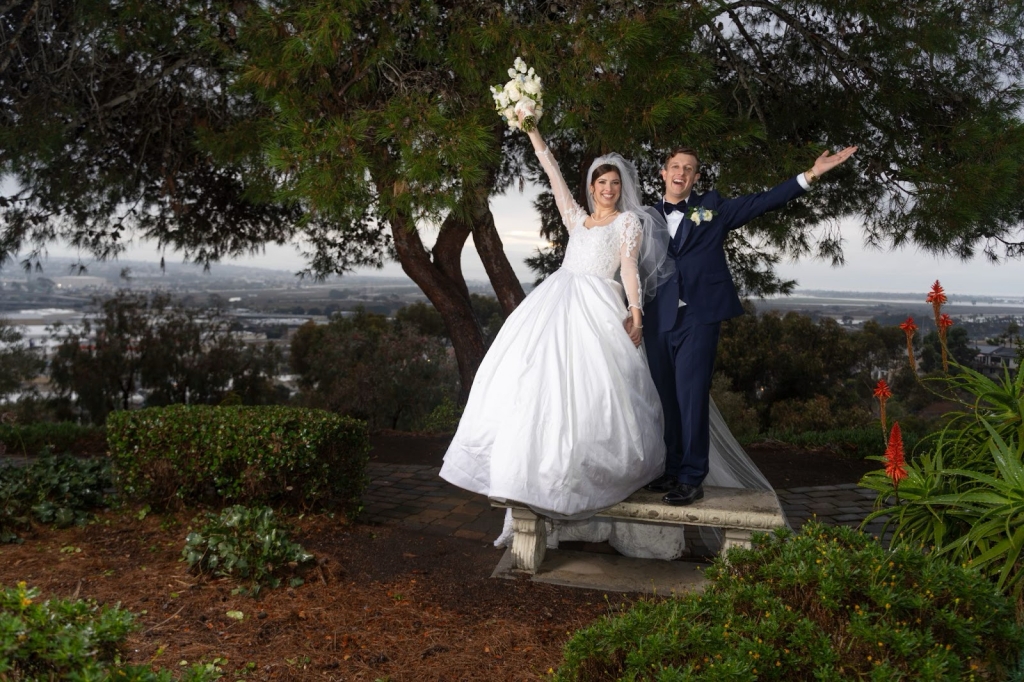
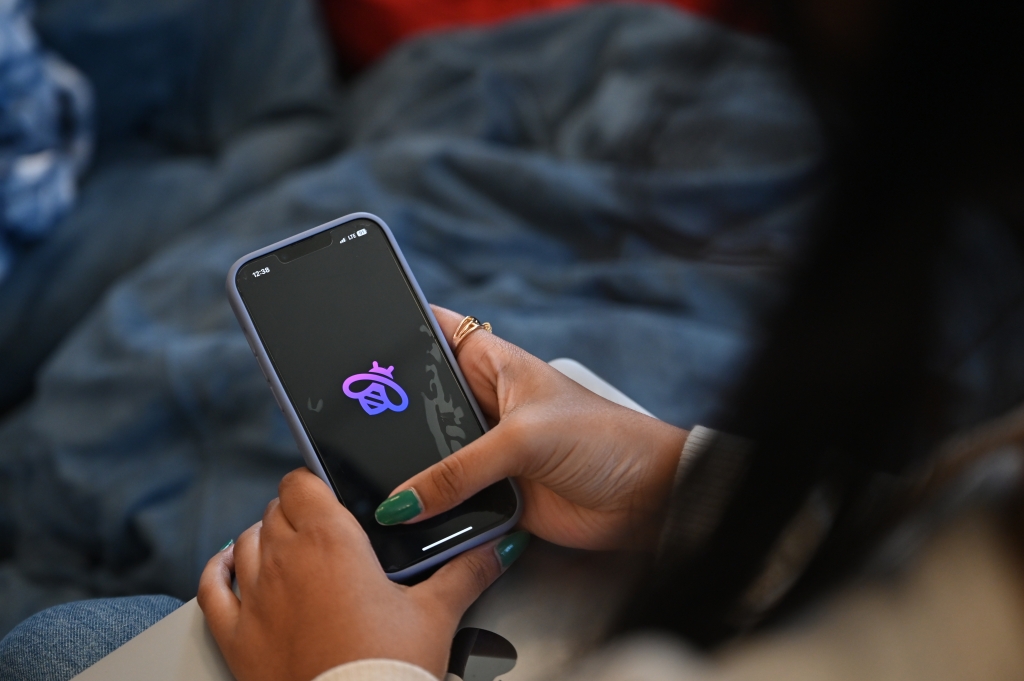
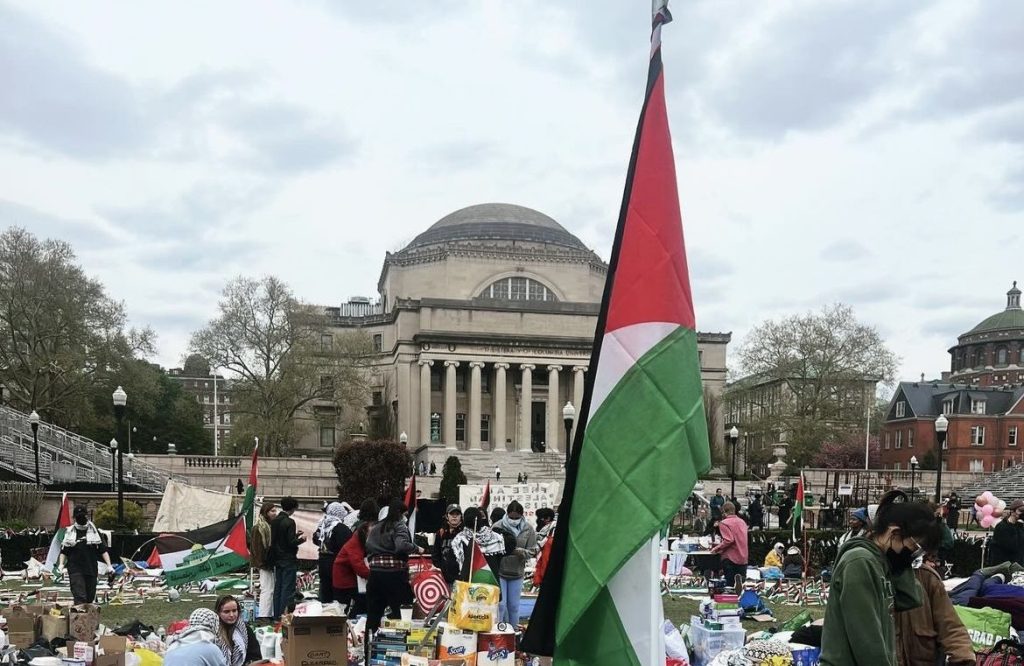
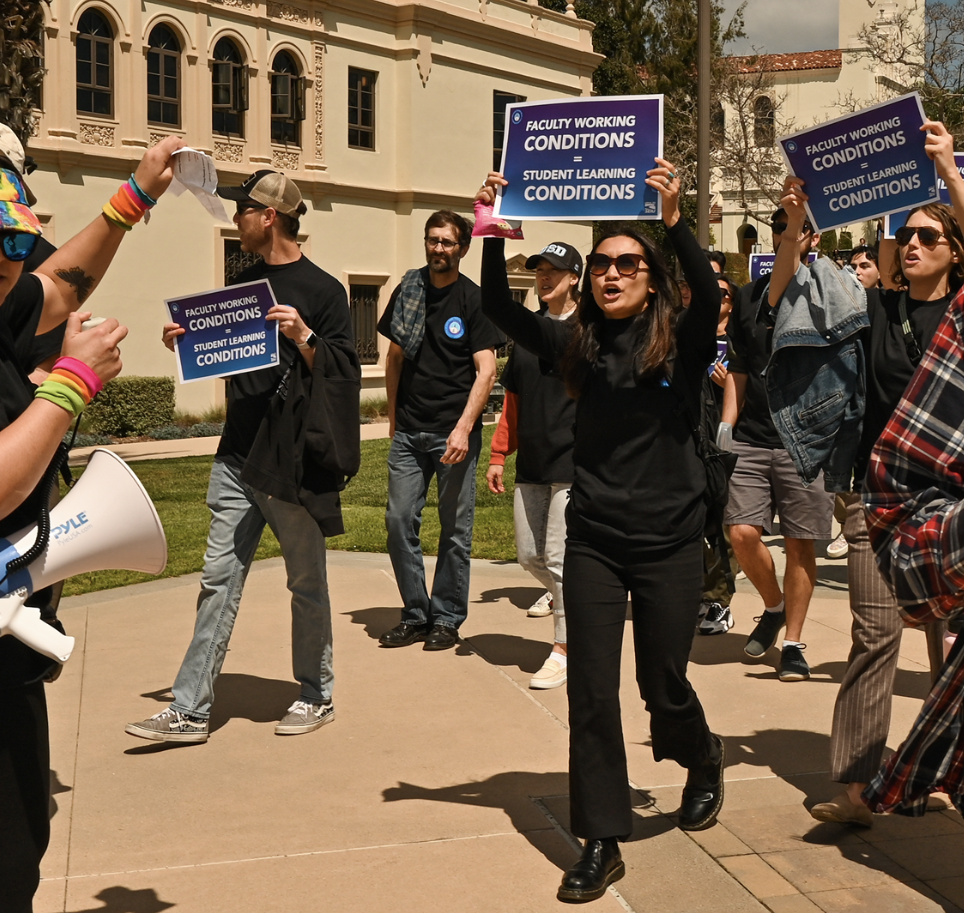
Leave a comment